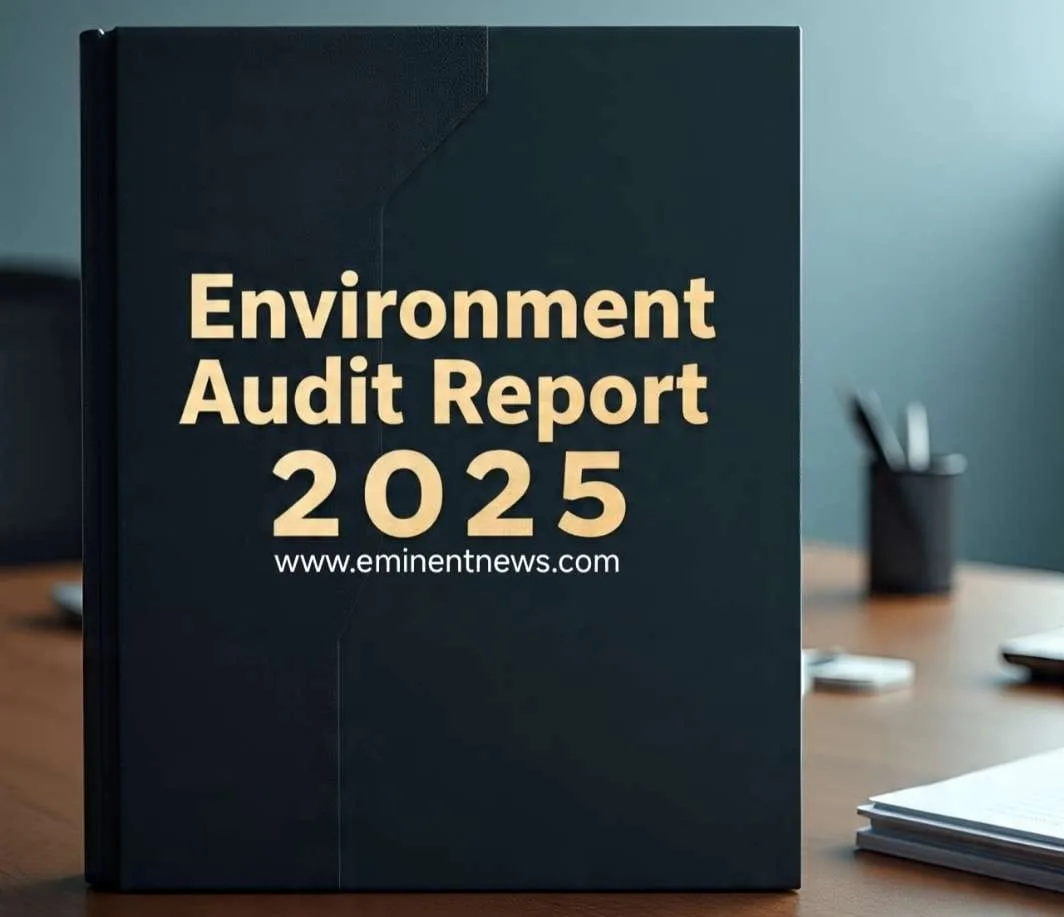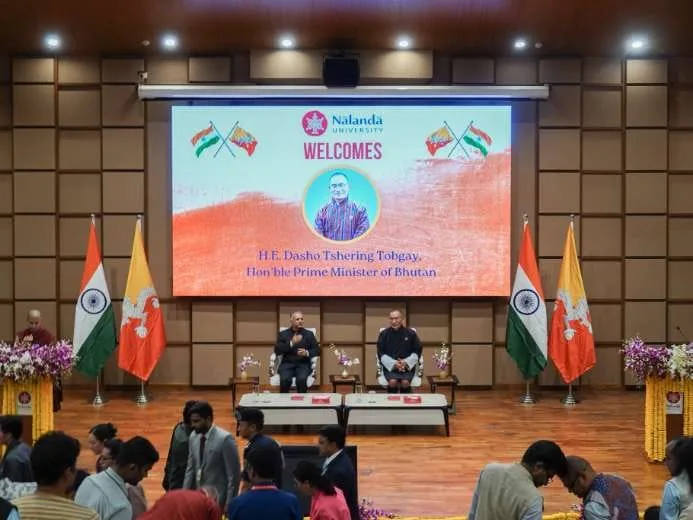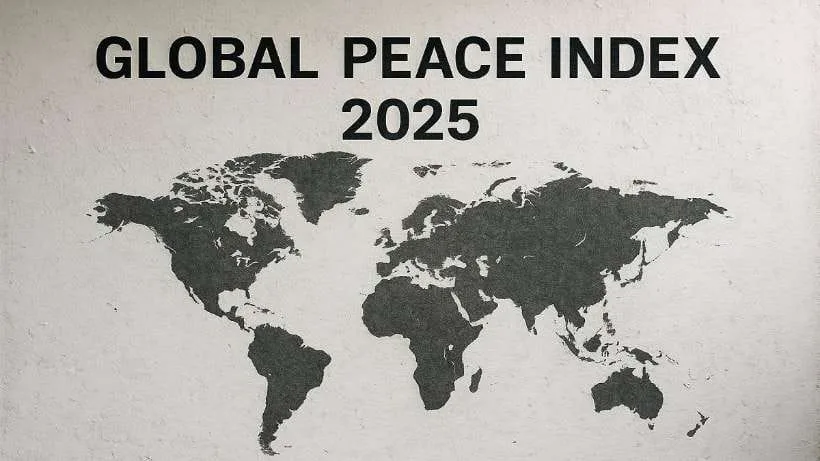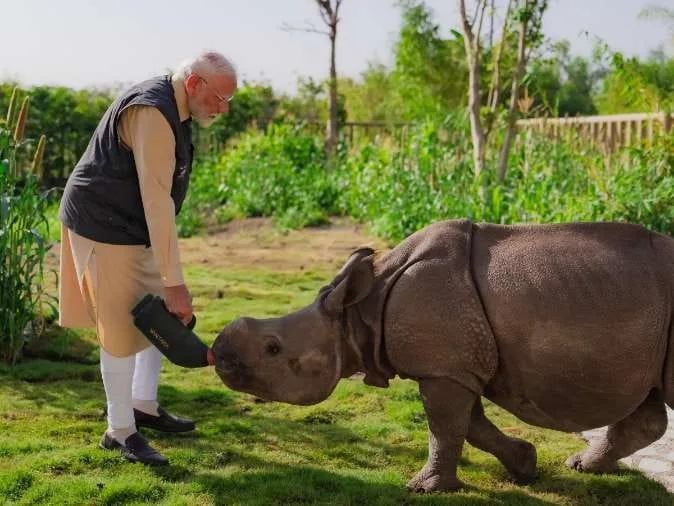The “Women and Men in India 2024” report, released by the Ministry of Statistics and Programme Implementation (MoSPI), offers a comprehensive gender data snapshot, reflecting progress and persistent disparities . The report presents gender-disaggregated data across various sectors such as health, education, population, economic participation, and leadership .
Here’s a summary of the key highlights:
- Education – Gender Parity: The Gender Parity Index (GPI) remained above 1.00 across primary (1.03), upper primary (1.02), and higher secondary (1.02) levels in 2022-23, indicating higher female enrollment .
- Labour Force Participation: The Female Labour Force Participation Rate (LFPR) improved from 49.8% (2017-18) to 60.1% (2023-24), showing increased female workforce inclusion .
- Financial Inclusion: Women account for 39.2% of total bank accounts and contribute 39.7% of aggregate deposits in 2023-24 . Rural women hold 42.2% of accounts, indicating growing financial autonomy in non-urban regions .
- Stock Market Engagement: Female DEMAT account holders increased from 6.67 million to 27.71 million between 2021 and 2024, reflecting a 4.2x growth .
- Entrepreneurship: The share of female-headed proprietary establishments in manufacturing, trade, and services grew steadily from 2021-22 to 2023-24 . Startups with at least one-woman director recognized by DPIIT rose from 1,943 (2017) to 17,405 (2024), showcasing improved startup ecosystem inclusivity .
- Political Participation: Female voter turnout reached 65.8% in 2024, closely matching male turnout at 65.5%, reversing earlier gender voting gaps . However, women’s representation in Parliament remains low, with only 13% of elected representatives being women in the 18th Lok Sabha .
- Health: Female life expectancy increased to 71.3 years, indicating better health outcomes for women . The Total Fertility Rate (TFR) declined to 2.0 nationally in 2023 .
While the report indicates progress in several areas, it also highlights persistent gaps and concerns :
- Employment: Many women remain confined to low-paid and informal sector jobs .
- Digital Divide: Despite growth, fewer women hold DEMAT accounts compared to men .
- Leadership Roles: Women still hold a smaller share in senior corporate or parliamentary positions .
- Access Imbalance: Internet and health access indicators show slower progress in rural women’s inclusion .



























